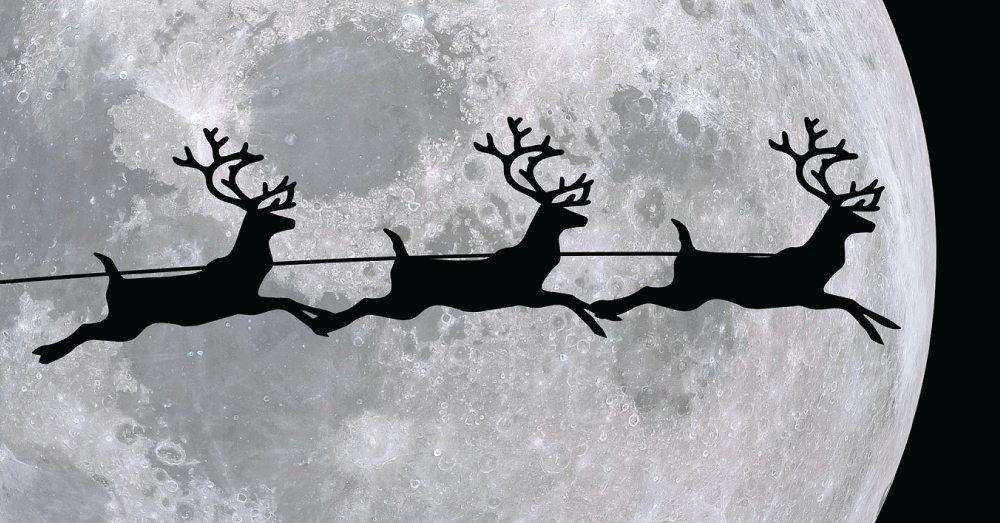
Reindeer Eat to Beat Climate Change
Reindeer are best known – at least in much of the northern hemisphere – for pulling Santa’s sleigh, but a new study suggests they may have a part to play in slowing down climate change too. When reindeer reduce the height and abundance of shrubs on the Arctic tundra through grazing, the level of surface albedo – the amount of solar energy (shortwave radiation) reflected by the Earth back into space – is increased.
December 22, 2017 | Source: Climate News Network | by Alex Kirby
Reindeer are helping to slow down climate change by grazing on Arctic tundra and leaving vegetation that reflects more solar energy back into space.
LONDON, 22 December, 2016 – Reindeer are best known – at least in much of the northern hemisphere – for pulling Santa’s sleigh, but a new study suggests they may have a part to play in slowing down climate change too.
A team of researchers, writing in the journal Environmental Research Letters, found that when reindeer reduce the height and abundance of shrubs on the Arctic tundra through grazing, the level of surface albedo – the amount of solar energy (shortwave radiation) reflected by the Earth back into space – is increased.
The study’s lead author, Dr Mariska te Beest, from Umeå University in Sweden, said: “Our theory was that heavy grazing by reindeer increases summer albedo, through a reduction in shrub height, abundance and leaf area index (LAI).
Regionally important finding
“The effect reindeer grazing can have on albedo and energy balances is potentially large enough to be regionally important. It also points towards herbivore management being a possible tool to combat future warming.
“Most of the Arctic tundra is grazed by either domesticated or wild reindeer, so this is an important finding.
“Of course, the impact the reindeer have will vary according to their densities and the subsequent effects on the vegetation levels across the whole tundra.”
The study combined land surface computer modelling with measurements of albedo and vegetation characteristics taken in the field. The team carried out their field measurements in Troms in northern Norway, in an area with four topographically-defined vegetation types that varied in shrub height and abundance.
They used a unique experimental method, with a fence over half a century old separating areas experiencing either light or heavy grazing by the reindeer.
Working through the summer season, the team estimated reindeer activity in the study areas by using vegetation trampling indicators, and through collecting dung.
